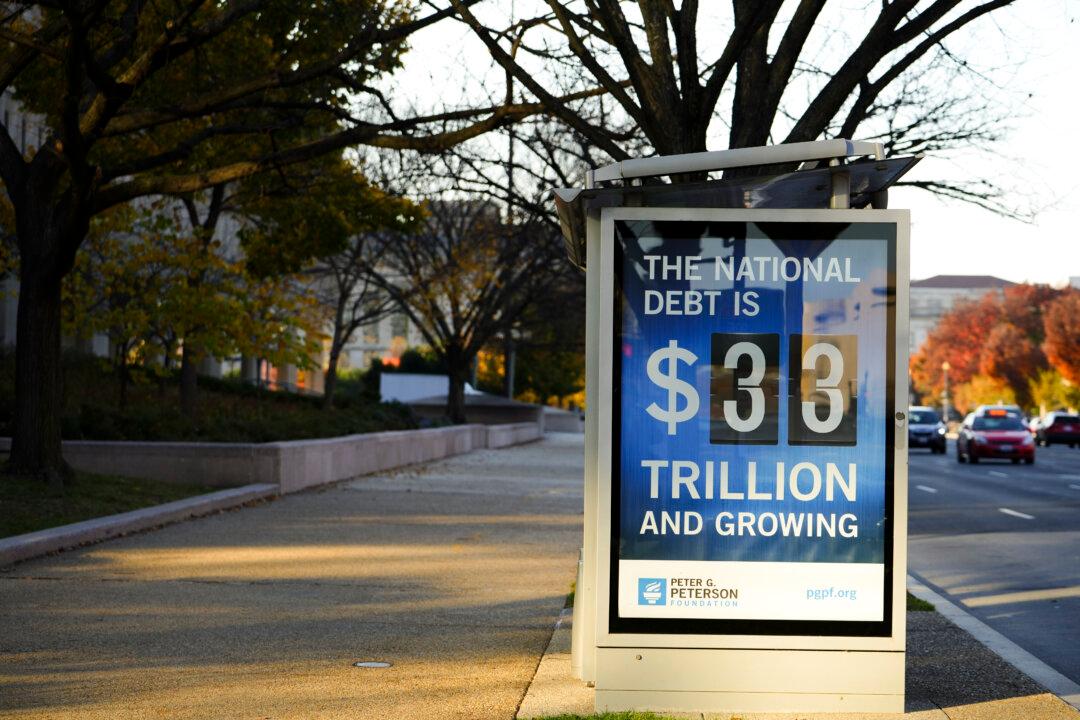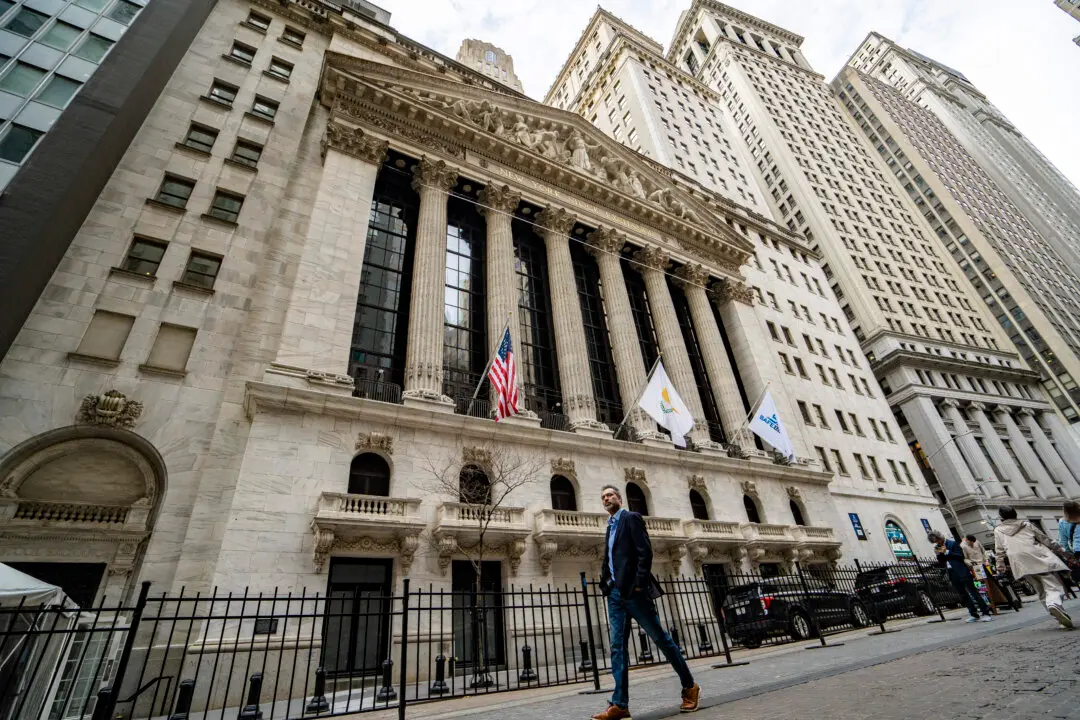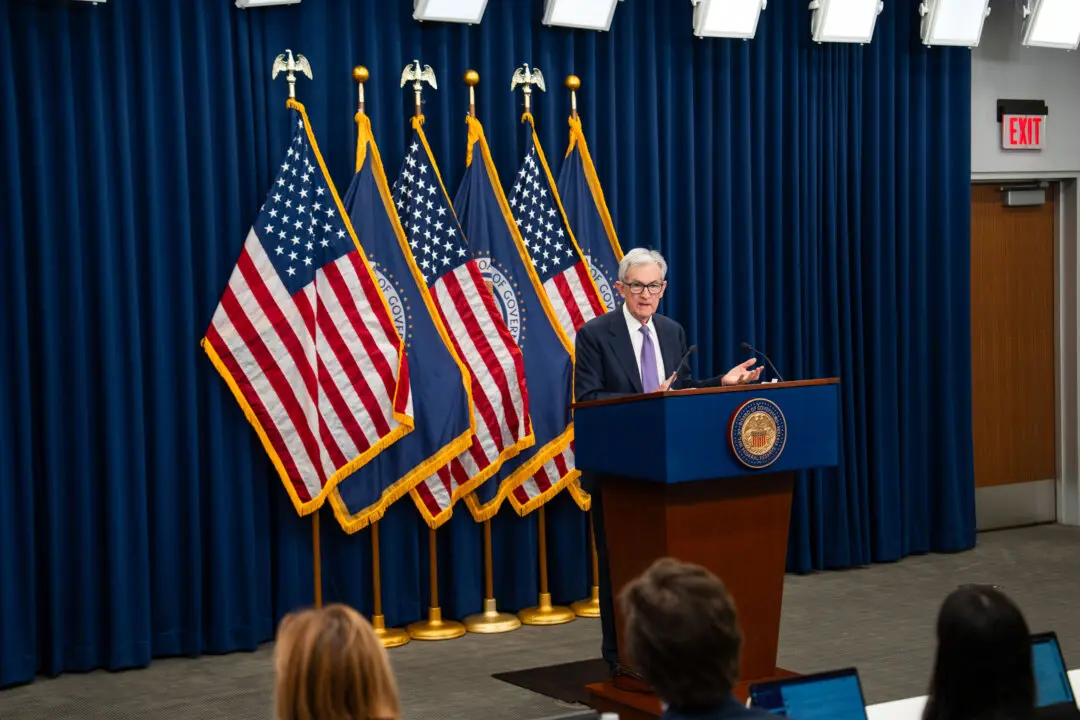The U.S. budget deficit is projected to soar 60 percent, to $2.6 trillion by 2034 as federal spending on interest and health costs is expected to continue trending higher over the next decade, according to the Congressional Budget Office’s (CBO) 2024–2025 outlook.
In the current fiscal year, the federal deficit is expected to be $1.6 trillion. This is down about $100 billion from the previous estimate in May 2023, driven by a reduction in discretionary spending from the Fiscal Responsibility Act achieved during the debt ceiling negotiations between President Joe Biden and former House Speaker Kevin McCarthy (R-Calif.).





